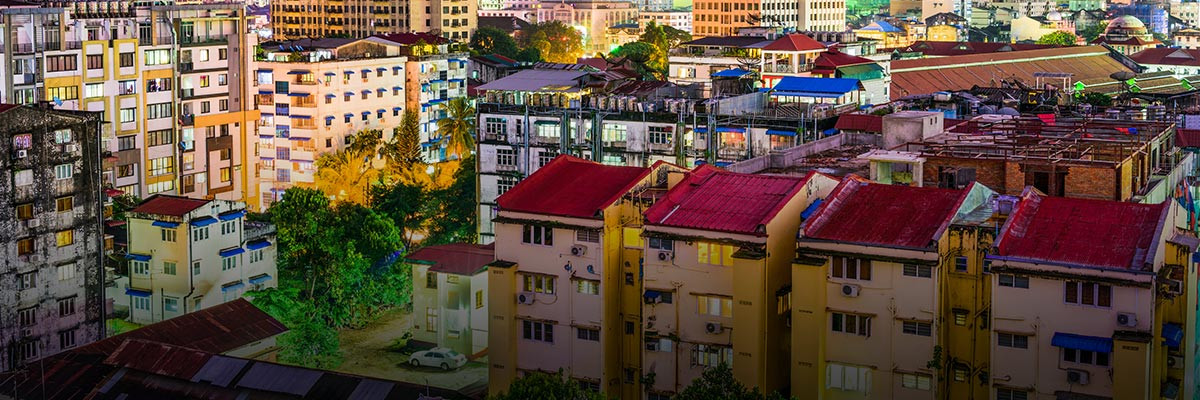
Authors
-
Chris Fletcher
Former Associate, BSR
-
Laura Ediger
Former Associate Director, BSR
As Myanmar works to find its niche in global supply chains, helping workers and employers resolve their differences through conciliation and arbitration will be an important component of effective industrial relations. With much of the country’s basic physical, legal, and governmental infrastructure still in the rebuilding phase, how can a robust and transparent conciliation and arbitration process help to protect and enforce the rights and obligations of workers and employers?
With support from the C&A Foundation, BSR’s new report, “Labor Disputes in Myanmar: From the Workplace to the Arbitration Council,” looks at how Myanmar’s dispute resolution process is working five years after its adoption. Our report also presents different perspectives on how it can be strengthened.
As global business becomes increasingly connected with Myanmar suppliers and markets, support for a consistently effective dispute resolution process is an important way to reduce risk and uncertainty, while upholding the rights and obligations of both workers and employers. Understanding and bolstering the evolving labor dispute process are important means for companies to work toward these ends.
Below are the four steps Myanmar is following to build a labor dispute resolution process:
Step 1: Look for Examples
Myanmar’s dispute resolution process is grounded in its 2012 Settlement of Labor Disputes Law, with a national-level Arbitration Council modeled in part after the one set up in Cambodia in 2003. Cambodia’s Arbitration Council has broken ground in its efforts to create a fair and independent arbitration body that supports industrial dialogue in a context where rule of law remains challenging.
Step 2: Create Opportunities for Resolution
If disputes arise, the resolution process begins with employer and worker representatives discussing and negotiating issues in the workplace coordinating committee (WCC). If unsuccessful, the dispute goes to a township conciliation body (TCB), where a tripartite panel of government, employer, and worker representatives attempts to help conciliate an agreement. If that is unsuccessful, they go on to a state or regional arbitration body (AB) for a hearing by a tripartite body. If either side is unsatisfied, the case can be brought to the national arbitration council (AC).
Step 3: Build in Transparency
Decisions at the AB and AC level are published online, creating an opportunity for labor organizations and other stakeholders to understand how the process works and what outcomes will likely occur, which can inform their own research and training. Although more can be done to help improve accessibility and understanding, current transparency efforts are contributing to accountability. For example, unions can use the case information to notify international buyers about issues with their suppliers.
Step 4: Learn and Evolve
Since 2012, there have been additional revisions and consultations with labor organizations, and employers need to understand how the labor dispute law can be improved. Many challenges remain, including the need for clear legal boundaries and scope, consistent and professional decision-making, fair selection of arbiters, effective enforcement, and more transparency efforts. Our report details all of these challenges, along with recommendations from diverse stakeholders on how to help. Addressing these challenges will not only strengthen Myanmar’s labor dispute system but can help enhance the rule of law more generally.
To learn more about Myanmar’s approach to dispute resolution, read our new report.
Topics
Let’s talk about how BSR can help you to transform your business and achieve your sustainability goals.







